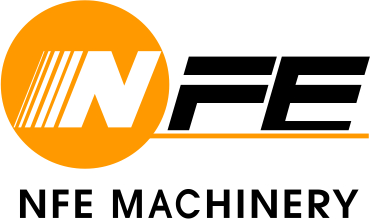
Exploring The 10 Barrel Brewing System For Your Microbrewery
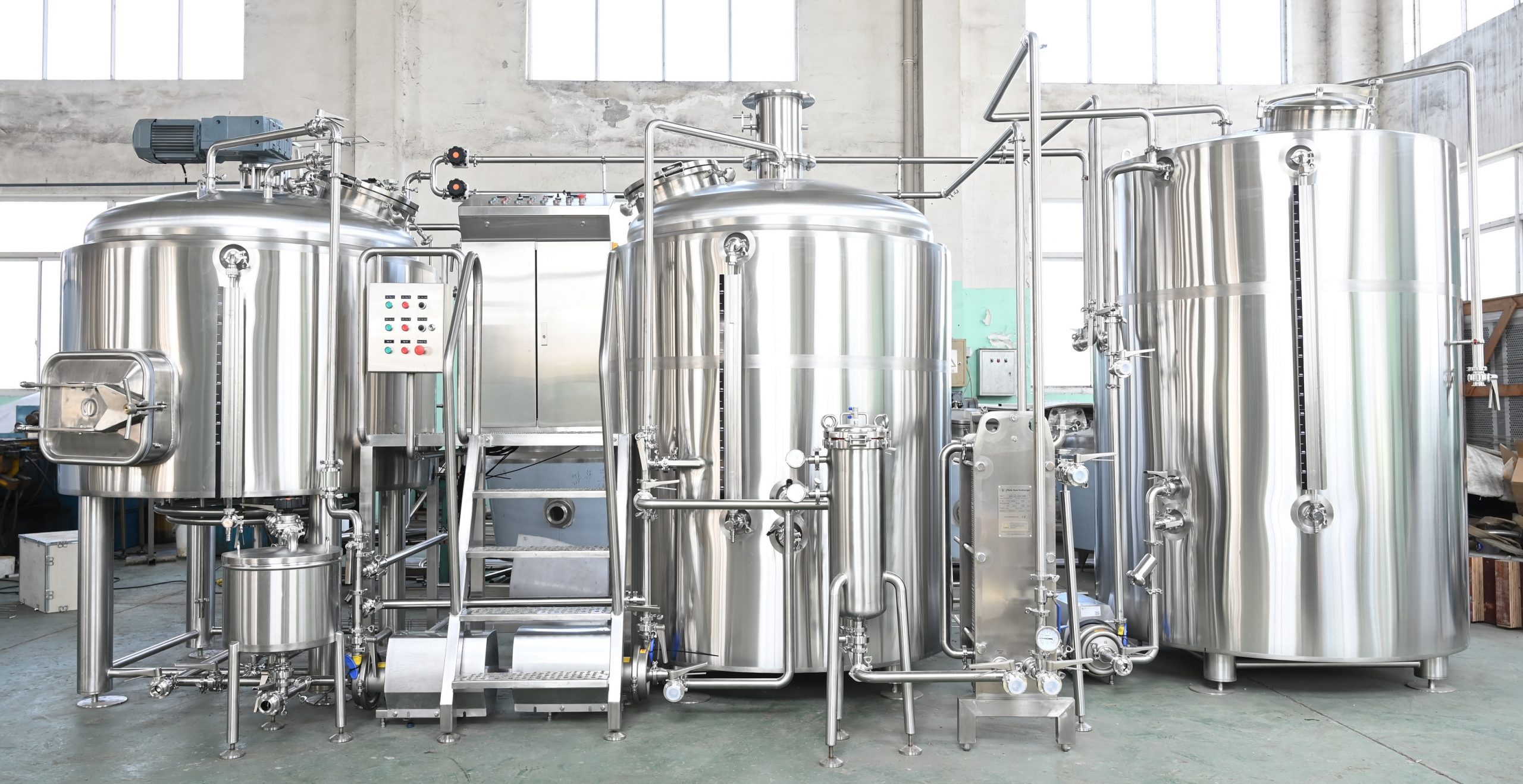
The 10 Barrel brewing system refers to a specific type of brewing equipment commonly used in the craft beer industry. It is named after the capacity of the system, which typically brews batches of 10 barrels (approximately 310 gallons or 1,170 liters) of beer at a time.
Components of a 10barrel brewhouse:
A 10-barrel brewhouse typically consists of several components that work together to facilitate the brewing process. Here are the key components commonly found in a 10-barrel brewhouse:
Mash/lauter Tun: The mash tun is a vessel used for mashing, the process of combining malted grains with hot water to convert starches into fermentable sugars. It typically features a false bottom or a mash filter to separate the liquid wort from the grain husks.
Brew Kettle/whirlpool tank: The brew kettle, also known as a boil kettle, is where the wort is boiled with hops to extract bitterness, flavors, and aromas. It often includes a tangential inlet for whirlpooling, a process that helps clarify the wort by causing trub and hop particles to settle in the center.
Hot Liquor Tank: The hot liquor tank (HLT) is used to store and heat the water needed for the brewing process. It provides hot water for mashing, sparging (rinsing grains with hot water), and various cleaning and sanitization procedures throughout the brewhouse.
Heat Source: The brewhouse requires a heat source to raise the temperature of water and wort. It can be powered by natural gas, propane, steam, or electricity, depending on the specific setup and the availability of utilities.
Pumps: Pumps are essential for transferring liquids throughout the brewhouse. They help move the wort from the mash tun to the brew kettle, facilitate recirculation during mashing, transfer wort to the fermentation vessels, and perform other necessary transfers within the brewing process.
Control Panel: A control panel is the central hub for monitoring and regulating the brewing process. It may include temperature controllers, timers, switches, and other instruments to manage and maintain precise brewing parameters.
Wort Chiller: After boiling, the wort needs to be rapidly cooled before fermentation. A wort chiller, typically a heat exchanger, cools the wort by transferring its heat to a cooling medium, such as cold water or glycol.
Fermentation Vessels: Fermentation vessels, often called fermenters or unitanks, are where the cooled wort is transferred for fermentation. These vessels are typically made of stainless steel and equipped with cooling jackets, temperature probes, and pressure relief valves to control and monitor fermentation conditions.
Bright Tank: A bright tank is used for further conditioning, carbonation, and clarifying the beer after fermentation. It allows the beer to settle, carbonate, and mature before packaging or serving.
Control and Monitoring System: A brewhouse may have a dedicated control and monitoring system that integrates various sensors, valves, and software to oversee and automate the brewing process. This system helps ensure consistency, efficiency, and quality control throughout the brewing operations.
It’s important to note that the specific configuration and features of a 10-barrel brewhouse can vary depending on the brewery’s needs, budget, and desired level of automation. Breweries may choose to customize their brewhouse setup to align with their unique brewing processes and production goals.
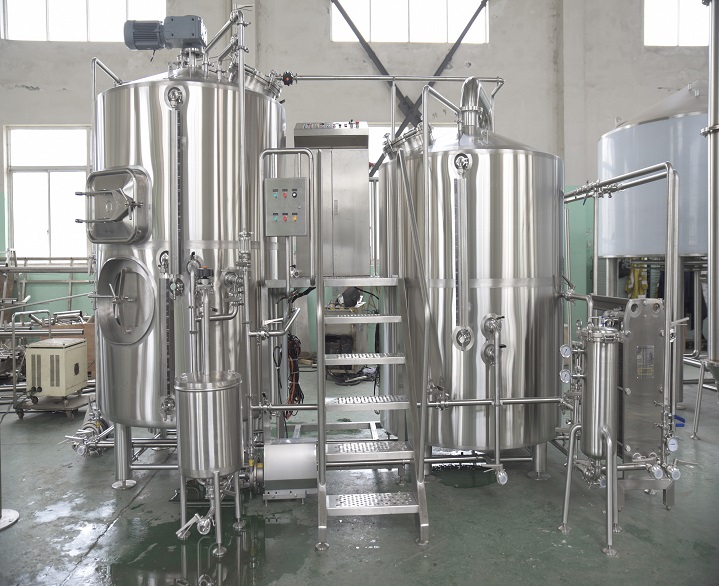
Some key aspects of the 10 Barrel brewing system:
Batch Size: The primary characteristic of the 10 Barrel brewing system is its batch size, which is relatively large for craft breweries. This system allows for the production of significant quantities of beer per batch, catering to medium-sized or growing breweries.
Brewing Equipment: A typical 10 Barrel brewing system consists of various vessels and equipment required for the brewing process. It typically includes a mash tun, brew kettle, hot liquor tank, fermentation vessels (such as unitanks), and a wort chiller. The system may also include pumps, heat exchangers, control panels, and other components necessary for efficient brewing operations.
Automation and Control: Depending on the specific setup, 10 Barrel brewing systems can range from manual to semi-automated or fully automated systems. Advanced control systems can help regulate temperature, timing, and other brewing parameters, ensuring consistency and quality across batches.
Space and Infrastructure: The size of a 10 Barrel brewing system requires a considerable amount of space in the brewery facility. Breweries need to ensure they have adequate floor space, ceiling height, utility connections (water, electricity, gas), and proper ventilation to accommodate the brewing system and associated equipment.
Scalability: The 10 Barrel brewing system offers a level of scalability that allows breweries to increase production capacity as their demand grows. Breweries can add additional fermenters, bright tanks, or even expand to a larger brewing system to meet increased market demands.
Brewing Process Efficiency: With a larger batch size, the 10 Barrel brewing system can help improve brewing process efficiency by reducing labor and time required per unit of beer produced. However, it is important to optimize the brewing process and workflow to ensure smooth operations and consistent quality.
Maintenance and Cleaning: Like any brewing system, the 10 Barrel system requires regular maintenance and cleaning to ensure optimal performance and longevity. Breweries should establish cleaning and sanitization protocols specific to their system to prevent contamination and maintain beer quality.
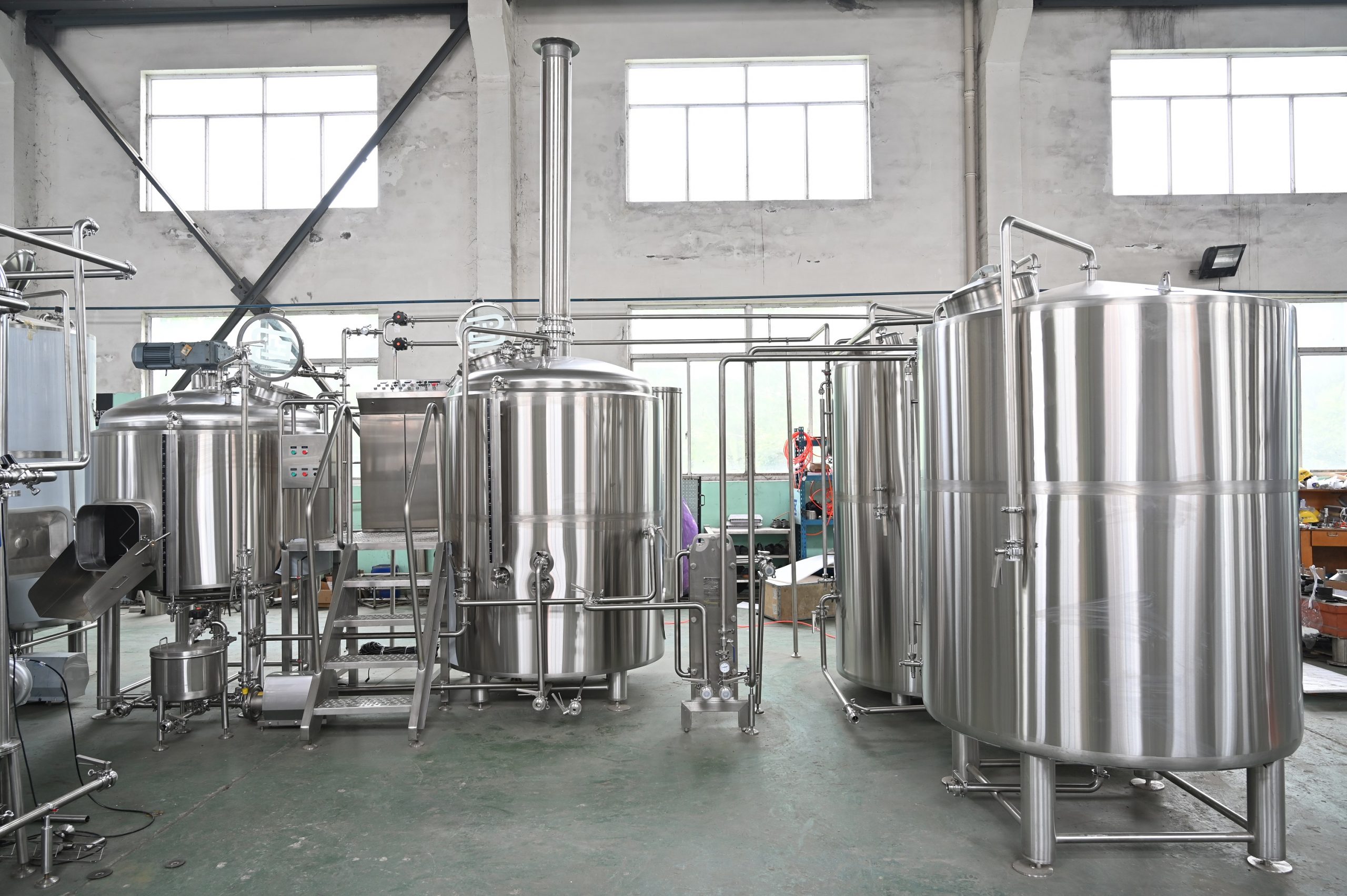
Benefits of a 10barrel brewing system:
A 10-barrel brewing system offers several benefits for breweries. Here are some advantages:
Increased Brewing Capacity: A 10-barrel brewing system allows for larger batch sizes compared to smaller systems. This increased capacity is beneficial for breweries that have a growing demand for their beers or want to supply their products to a wider market.
Efficiency and Time Savings: With a larger brewing system, breweries can brew more beer in a single batch, reducing the overall time and effort required to produce a given quantity. This efficiency can be particularly advantageous during busy periods or when trying to meet increased demand.
Consistency: Scaling up to a 10-barrel brewing system often leads to improved beer consistency. The larger equipment provides more precise temperature control, better mixing capabilities, and enhanced monitoring options. These factors contribute to producing beer with more consistent flavors, aromas, and overall quality.
Flexibility: A 10-barrel system allows breweries to experiment with a wider range of beer styles and recipes. With larger batch sizes, brewers have more room for creativity, enabling them to introduce new flavors, ingredients, and techniques. This flexibility can be appealing to breweries that want to offer a diverse lineup or regularly release limited edition or seasonal beers.
Cost-Effectiveness: While the initial investment for a 10-barrel brewing system is higher than smaller systems, it can be more cost-effective in the long run. Producing larger batches reduces labor costs per unit of beer, and economies of scale can be achieved with increased production volumes. Additionally, breweries can benefit from potential bulk ingredient discounts and reduced packaging costs when brewing in larger quantities.
Scalability: A 10-barrel brewing system provides a scalable platform for future growth. It offers a significant step up from smaller systems, allowing breweries to expand their production capacity without requiring another major upgrade in the near future. This scalability is especially valuable for breweries with ambitious growth plans.
Professional Image: Having a larger brewing system can enhance the perception of a brewery’s professionalism and capability. It signals to consumers, distributors, and potential business partners that the brewery has the capacity and resources to meet demand and deliver consistent, high-quality beer.
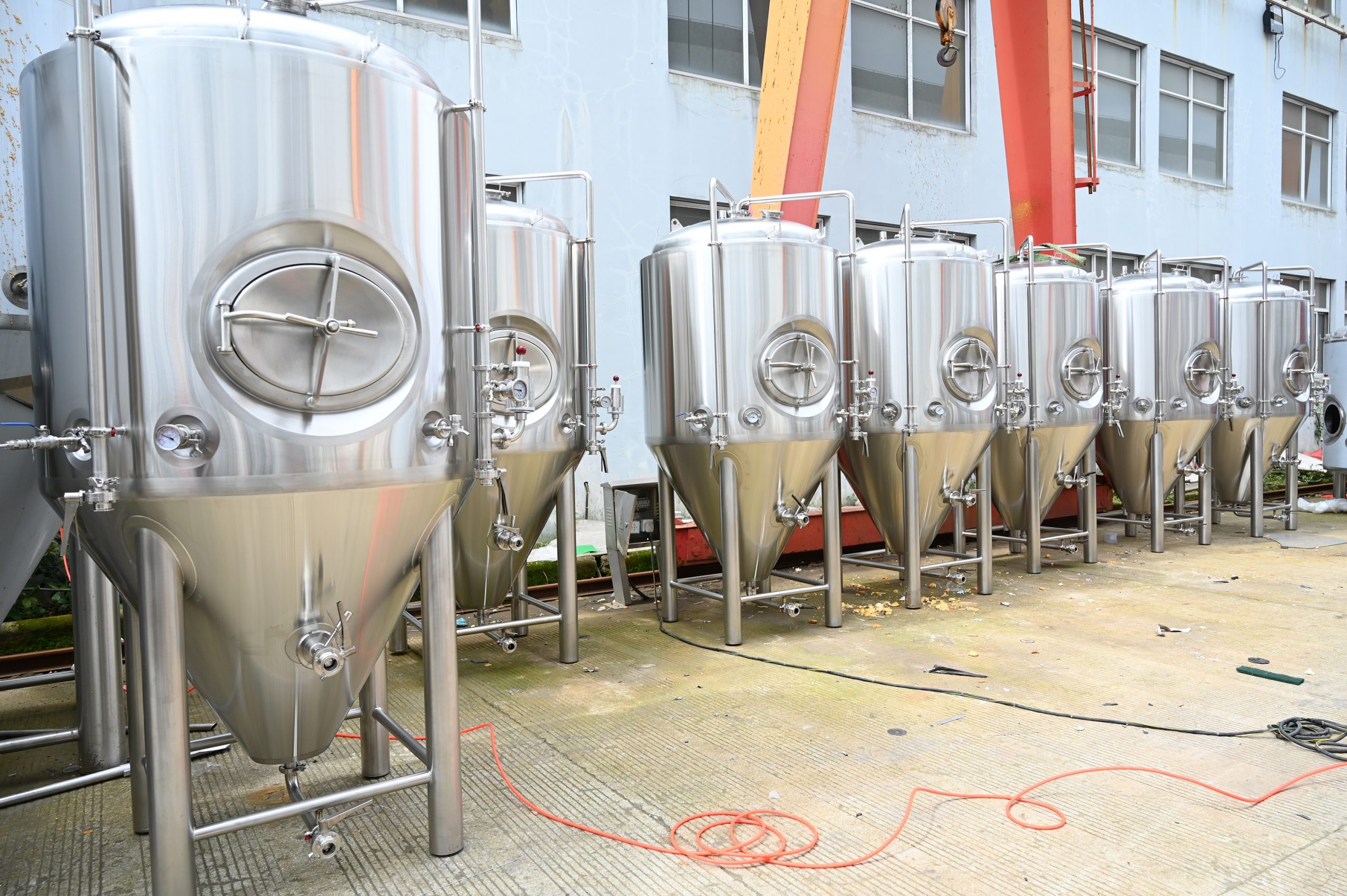
Conclusion:
NFE company can be a good choice for a beer brewing equipment supplier due to our quality products, commitment to customer service, and ability to customize our equipment to meet the needs of ours customers. if you’re in the market for commercial brewing equipment, NFE company is worth to be considered.
